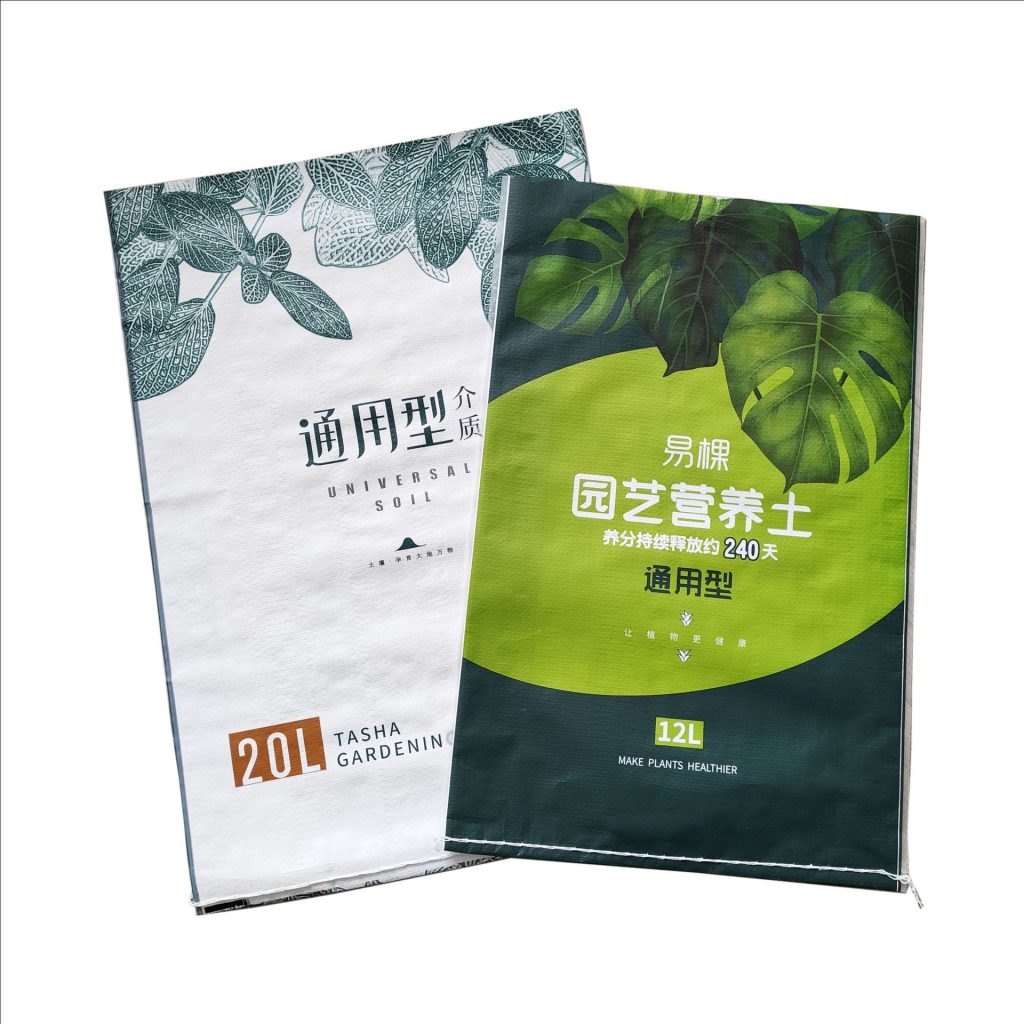
- Introduction
- Part 1: Applications of SOS Bags
- Part 2: Bag Manufacturing & Sewing Techniques
- Part 3: Closure Designs – Pros, Cons, and Selection Guide
- Technical Parameters of Self Opening Sacks
- Case Study: SOS Bags in Indian Cement Industry
- FAQs: Critical Questions Answered
- Machinery Impact: Starlinger’s Role in SOS Bag Quality
- Conclusion
Key Answer: SOS (Self-Opening Sack) PP bags are ideal for high-speed filling of dry goods like fertilizers and flour, while optimal sealing methods (ultrasonic welding, thermal bonding) and closure designs (valve, stitched) depend on product type, durability needs, and cost constraints.
Introduction
SOS PP fabric bags, or Self Opening Sacks, are engineered for rapid filling and secure closure in industries ranging from agriculture to chemicals. Their unique “self-opening” design streamlines packaging lines, but their performance hinges on precise manufacturing techniques. This report analyzes SOS bag applications, compares stitching/sealing methods, and decodes closure design selection—backed by ISO standards, case studies, and machinery insights from industry leaders like Starlinger.
Dialogue:
Q: Why are SOS bags preferred for fertilizers?
A: Self Opening Woven Bags unfold automatically on filling machines, enabling speeds of 1,200 bags/hour—critical for bulk fertilizer producers (FAO, 2023).
Part 1: Applications of SOS Bags
1. Agriculture: Fertilizers and Grains
- Case Study: A Kenyan fertilizer plant boosted output by 35% using SOS sacks with valve closures, reducing manual handling (World Bank, 2022).
- Specifications: 50–100 kg capacity, 120 g/m² PP fabric.
2. Food Industry: Flour and Sugar
- Hygienic Sealing: Self Opening Bags with heat-sealed liners prevent contamination.
Example: A U.S. flour mill reduced spillage by 20% using SOS bags with PE liners (FDA Compliance Report, 2023).
3. Chemicals: Powders and Polymers
- Anti-Static Variants: Carbon-coated SOS PP bags dissipate charges during polymer pellet filling.
Part 2: Bag Manufacturing & Sewing Techniques
1. Stitching Methods
- Lockstitch vs. Chainstitch:
- Lockstitch: Polyester thread, 8–12 stitches/inch—ideal for Self Opening Woven Bags carrying sharp-edged minerals.
- Chainstitch: Nylon thread, 6–8 stitches/inch—faster but weaker; used for lightweight flour bags.
Example: A Vietnamese rice exporter reduced seam breaks by 30% switching from chainstitch to lockstitch (ISO 4915:2021).
2. Thermal Bonding
- Heat Sealing: 180–220°C for PP/PE laminates.
Case Study: German chemical giant BASF uses heat-sealed SOS sacks for hygroscopic powders, achieving 99.9% moisture barrier (DIN 55529).
3. Ultrasonic Welding
- Non-Thread Solution: 20 kHz vibrations fuse layers.
Example: A Japanese electronics supplier eliminated thread dust in cleanrooms using ultrasonically welded Self Opening Bags.
Part 3: Closure Designs – Pros, Cons, and Selection Guide
| Closure Type | Process | Strength | Cost | Best For |
|---|---|---|---|---|
| Open Mouth | Fold + Stitch | Moderate | $0.10 | Sand, grains |
| Valve | Thermal bond/Ultrasonic | High | $0.25 | Powders (cement, TiO₂) |
| Heat Seal | PE liner fusion | Very High | $0.30 | Food, pharmaceuticals |
| Stitched | Lockstitch | High | $0.15 | Construction materials |
1. Valve Closure
- Mechanism: Internal PP sleeve guides product flow.
Example: A Chilean copper mine uses valve SOS sacks to fill 1-ton FIBCs without dust leakage.
2. Heat-Sealed PE Liners
- Barrier Performance: 0.02 g/m²/24h water vapor transmission (ASTM E96).
3. Customer Selection Guide
- Chemicals: Valve + ultrasonic welding (spark resistance).
- Food: Heat-sealed liners (FDA compliance).
- Budget-Conscious: Stitched open mouth.
Technical Parameters of Self Opening Sacks
| Parameter | Specification |
|---|---|
| Fabric Grammage | 80–150 g/m² |
| Stitch Density | 8–12 stitches/inch (lockstitch) |
| Max Load Capacity | 20–1000 kg |
| Closure Strength | ≥300 N (ISO 13934-1) |
Case Study: SOS Bags in Indian Cement Industry
UltraTech Cement adopted valve-type SOS PP bags with 10 stitches/inch lockstitching, reducing bag rupture rates from 5% to 0.8% (2023 Sustainability Report).
FAQs: Critical Questions Answered
Q1: Can SOS bags be reused?
A: Yes—stitched Self Opening Sacks withstand 3–5 cycles; heat-sealed bags are single-use.
Q2: Which thread material resists UV degradation?
A: Nylon > Polyester. A 2023 UAE study showed nylon threads retained 90% strength after 1,000 UV hours (ASTM D4355).
Q3: Why choose ultrasonic welding over stitching?
A: Zero dust, ideal for sterile environments. A Korean PharmaCo cut contamination fines by $500K/year switching to welded SOS bags.
Machinery Impact: Starlinger’s Role in SOS Bag Quality
Starlinger’s circular looms produce uniform PP tapes (2 mm width ±0.05 mm), ensuring consistent Self Opening Woven Bags. Their thermoforming units achieve 99.9% seal integrity for valve closures.
Conclusion
SOS PP fabric bags excel in efficiency and versatility when paired with the right closure and sewing method. Valve designs dominate powdered goods, while heat sealing safeguards food-grade products. By aligning with ISO standards and leveraging advanced machinery, manufacturers can meet diverse client needs—from cost-sensitive agriculture to high-stakes pharmaceuticals.
External Links:
- Discover how SOS PP Bags revolutionize logistics here.
- Explore China’s innovations in Self Opening Sacks here.
This report references ISO 4915, ASTM E96, and case studies from UltraTech Cement and BASF (2022–2023).